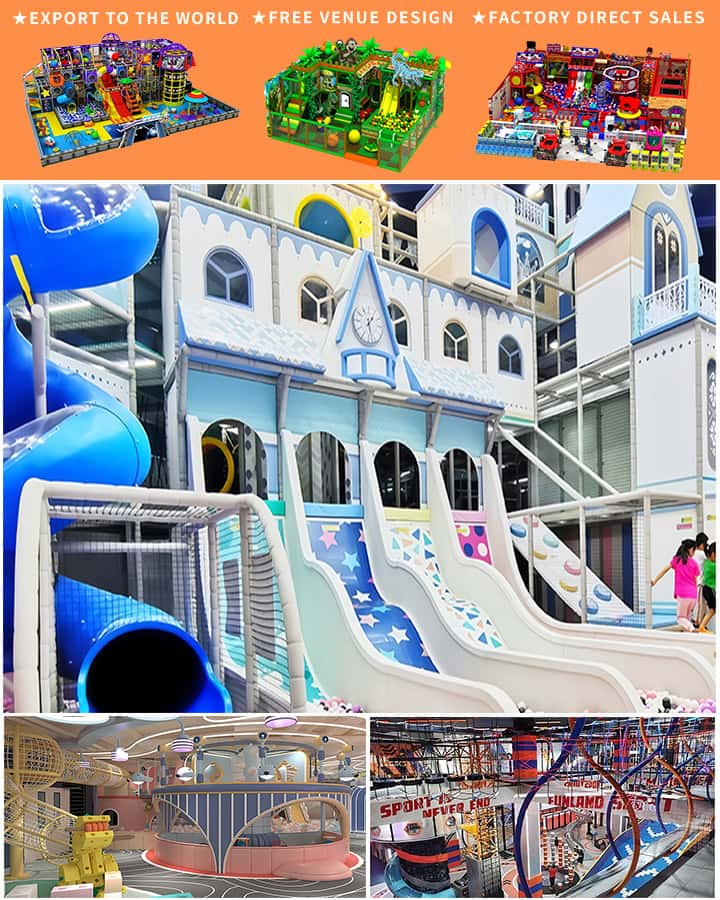In recent years, the installation of playground equipment near schools has emerged as a vital initiative aimed at fostering physical activity, promoting social interaction, and enhancing overall childhood development. As communities worldwide recognize the multifaceted benefits of such facilities, the strategic placement of playgrounds adjacent to educational institutions is gaining momentum. This article explores the positive impacts of having playground equipment installed near schools and delves into the various advantages it offers to children, parents, educators, and the wider community.
Promoting Physical Health and Wellness
One of the primary benefits of having playground equipment near schools is the promotion of physical health among children. In an era where sedentary lifestyles and childhood obesity are growing concerns, accessible play areas encourage regular physical activity. Swings, slides, climbing frames, and other play structures provide opportunities for kids to engage in active play, which is essential for developing motor skills, strength, and coordination. Regular use of these facilities can help combat the negative effects of a sedentary lifestyle, contributing to healthier, more active children.
Enhancing Social Skills and Emotional Well-being

Playgrounds serve as social hubs where children from diverse backgrounds come together to play, learn, and interact. The presence of playground equipment near schools facilitates these social interactions, helping children develop crucial social skills such as teamwork, cooperation, and conflict resolution. Playdates and group activities on the playground allow children to forge friendships, build trust, and learn empathy—skills that are indispensable throughout their lives.
Moreover, playgrounds offer a safe space for emotional expression and stress relief. The joy and laughter experienced during playtime can significantly boost a child’s mood and overall emotional well-being. For many children, especially those who may face challenges at home or school, the playground provides a sanctuary where they can relax, unwind, and be themselves.
Supporting Educational Objectives
Integrating playground equipment near schools aligns with educational objectives by creating a holistic learning environment. Play is a fundamental aspect of childhood development and learning, often referred to as the “work” of children. Playgrounds equipped with educational elements, such as interactive panels, puzzles, and sensory toys, can stimulate cognitive development, creativity, and problem-solving skills. These outdoor classrooms extend traditional education beyond the four walls of a classroom, offering experiential learning opportunities that complement academic curricula.
Fostering Community Engagement
The installation of playground equipment near schools also strengthens community bonds and encourages parental involvement. Parents are more likely to spend time at the school and participate in community events when there are appealing recreational facilities for their children. This increased foot traffic can lead to a greater sense of community and belonging, fostering collaboration between families, educators, and local organizations.
Furthermore, well-maintained and accessible playgrounds can enhance the overall appeal and value of a neighborhood. They become focal points for community gatherings, celebrations, and informal meetups, contributing to a vibrant and cohesive community atmosphere.
Conclusion
Investing in playground equipment near schools is a forward-thinking strategy that yields numerous benefits for children, families, and communities. From promoting physical health and emotional well-being to supporting educational goals and fostering social connections, these facilities play a pivotal role in holistic child development. As we continue to prioritize the well-being and growth of our youth, ensuring that playgrounds are readily accessible near educational institutions remains a crucial step toward building healthier, happier, and more connected communities.




